Virtual reality is dead. Long live VR
Samsung, Google and the BBC have all dropped smartphone-based VR headset projects. Can the technology survive?

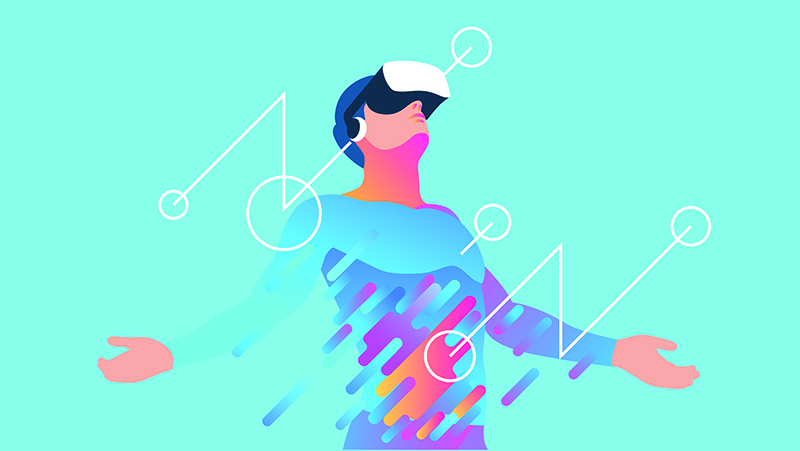
Google will stop selling its Daydream View headsets. The BBC has halted investment in its virtual reality team. And Samsung won’t be supporting its Gear VR on future smartphones, earning a heartfelt eulogy from rival VR firm Oculus. It’s not looking good for phone-based virtual reality. Is this the end? And, if so, what’s next?
Oculus’ CTO John Carmack admitted in his eulogy – a talk given at a development conference – that there were tech problems for smartphone-based VR, which uses your own handset to power the device. Those challenges included battery drain and overheating issues, a lack of compelling content, but also the “friction” of slotting a handset into the headset. “If you could magically hold your phone up in front of your face and it just transformed into a VR headset, we’d have like 95% retention,” he said. “But if you have to pop your phone out of its phone case and dock it into a Gear case, you’ll use it twice.” He suggested Oculus considered adding a gamepad controller as it made gaming easier and more fun, but couldn’t make it work with the tech.
Anthony Steed, a professor in the department of computer science at University College London, agrees that smartphone VR has been disappointing. “As an experienced VR researcher, they were quite good [for] raising awareness, but the quality of [the] experience was nowhere near the high-end displays,” he said. “If anything, it was a little premature as these systems didn’t really show off the full potential of having full tracking (position and rotation) of both head and hands. Because of the range of devices, Daydream was a little hard to target as a developer.”
However, the future could still be bright. “If you compare [it] to the Oculus Quest, which is basically the same technical components as a smartphone, there the experience is much superior as it is all dedicated or customised to the task,” said Steed.
Is peak VR in the past?
George Jijiashvili, senior analyst at Ovum, notes that smartphone VR headset sales actually peaked in 2017, when Samsung announced it had shipped five million Gear headsets – although he believes that many were given away for free. At that time, Google said ten million Daydreams had shipped since its launch three years before. Even with those millions of devices, there was still never enough of an install base to support content makers.
Ovum downgraded predictions for the tech last year and Jijiashvili expects the figures to remain muted. “Unrealistic expectations were set for the adoption of VR headsets back in 2016, when many companies jumped to invest in this new and exciting media format,” he said, admitting that analyst firms like his own added to the problem: “This industry got caught up by the VR hype to some degree, but now everyone has had a reality check.”
Indeed, while right now the discussion around the smartphone VR market is negative – eulogies are rarely good news, after all – that doesn’t mean the technology is wrong, merely that the mass perception of it might be skewed. Tuong Nguyen, senior principal analyst at Gartner, argues that smartphone VR is still at its adolescent stage. “Characterising phone-based VR as being dead based on recent news items is misleading,” he said. “Just because it’s not ready now, or because the VR market is not mature now, doesn’t mean there’s no opportunity for it ever or in the future.”
Sign up today and you will receive a free copy of our Future Focus 2025 report - the leading guidance on AI, cybersecurity and other IT challenges as per 700+ senior executives
What’s next for VR?
Set aside the eulogies and shuttered projects, and there is still life in VR. “Despite the doom and gloom stories about VR, spurred on by these recent developments, I remain very optimistic about VR’s future,” said Jijiashvili. “Abandoning phone-based headsets like Gear VR and Daydream is just part of VR’s journey.” Indeed, smartphone VR helped millions of people give the technology a try to better understand its possibilities, he argues, and let tech companies test hardware and content, helping to inform the next generation of devices.
So while smartphone-based displays may be dying off, VR still has a future – or many futures, according to Steed. Gaming headsets will continue to develop, driving consumer demand, he predicts, while industrial uses will require higher quality, specifically designed headsets to fit niche applications. “So we can’t really talk about one next step for VR, there are multiple ones,” he said.
Jijiashvili agrees. “Gaming remains the low-hanging fruit for VR, but this technology is rapidly gaining traction in enterprise – and I think this area offers massive growth potential for VR,” he told us. “Design, education, training, marketing, healthcare and collaboration are a few use cases that companies all around the world are increasingly using VR for. The move towards standalone VR headsets is further accelerating this trend. As you can imagine, it’s easier for companies to manage and utilise integrated, wire-free headsets instead of PC or smartphone-tethered solutions.”
Frank Furnari, the founder of VRtuoso, echoes this sentiment. While his presentation and conferencing software can use dedicated headsets or smartphone-based devices, it’s much harder to support the former. “Corporate smartphones are locked down,” he said. “And Oculuses are becoming much cheaper.” Indeed, the cost of a high-end smartphone is much more than the latest dedicated headsets, he notes, suggesting VR will take off with dedicated headsets, and was held back by smartphone-based models.
So there are still plenty of ways for VR to find a niche – we just need to see past the hype and find uses for it. “The mismatch between expectations and what VR can do is one of the biggest reasons why it always seems like the coming week or month or year is always the year for VR or the year VR is dead,” said Nguyen. “VR is definitely coming and it can deliver value in different ways – some, if not many, of which we haven’t discovered yet. But as I mentioned above, it’s not today, tomorrow, or even next year. It’s two to five years out.” In other words, the future is bright for VR, because it simply isn’t here yet.
Freelance journalist Nicole Kobie first started writing for ITPro in 2007, with bylines in New Scientist, Wired, PC Pro and many more.
Nicole the author of a book about the history of technology, The Long History of the Future.
-
 The six biggest security challenges coming in 2026
The six biggest security challenges coming in 2026In-depth What will be the main challenges businesses face in 2026 and what can they do to prepare?
-
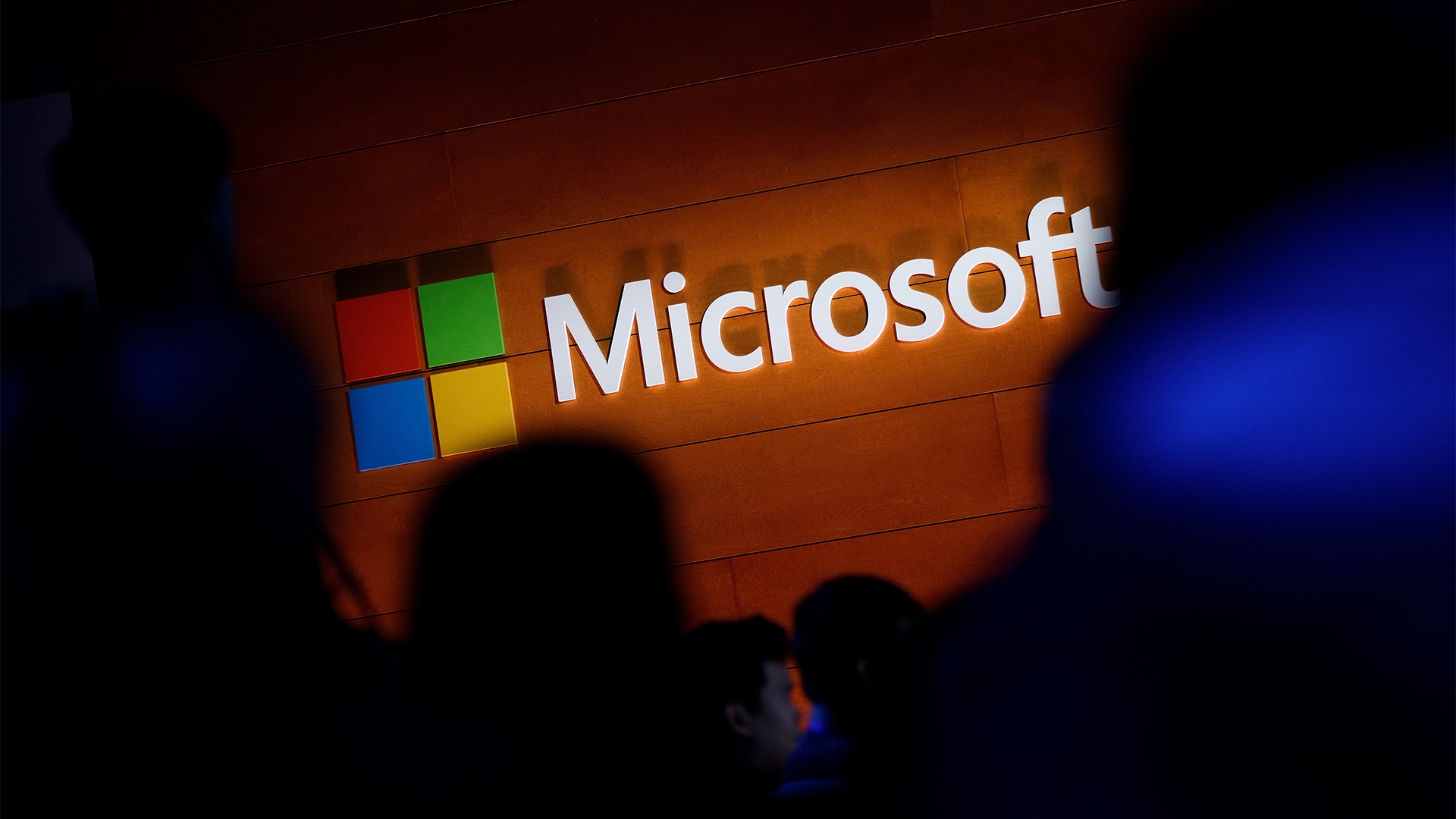 Channel focus: All you need to know about Microsoft's partner program
Channel focus: All you need to know about Microsoft's partner programChannel Focus The veteran OS developer and vendor continues to advance its strategy, particularly in Azure cloud solutions and AI
-
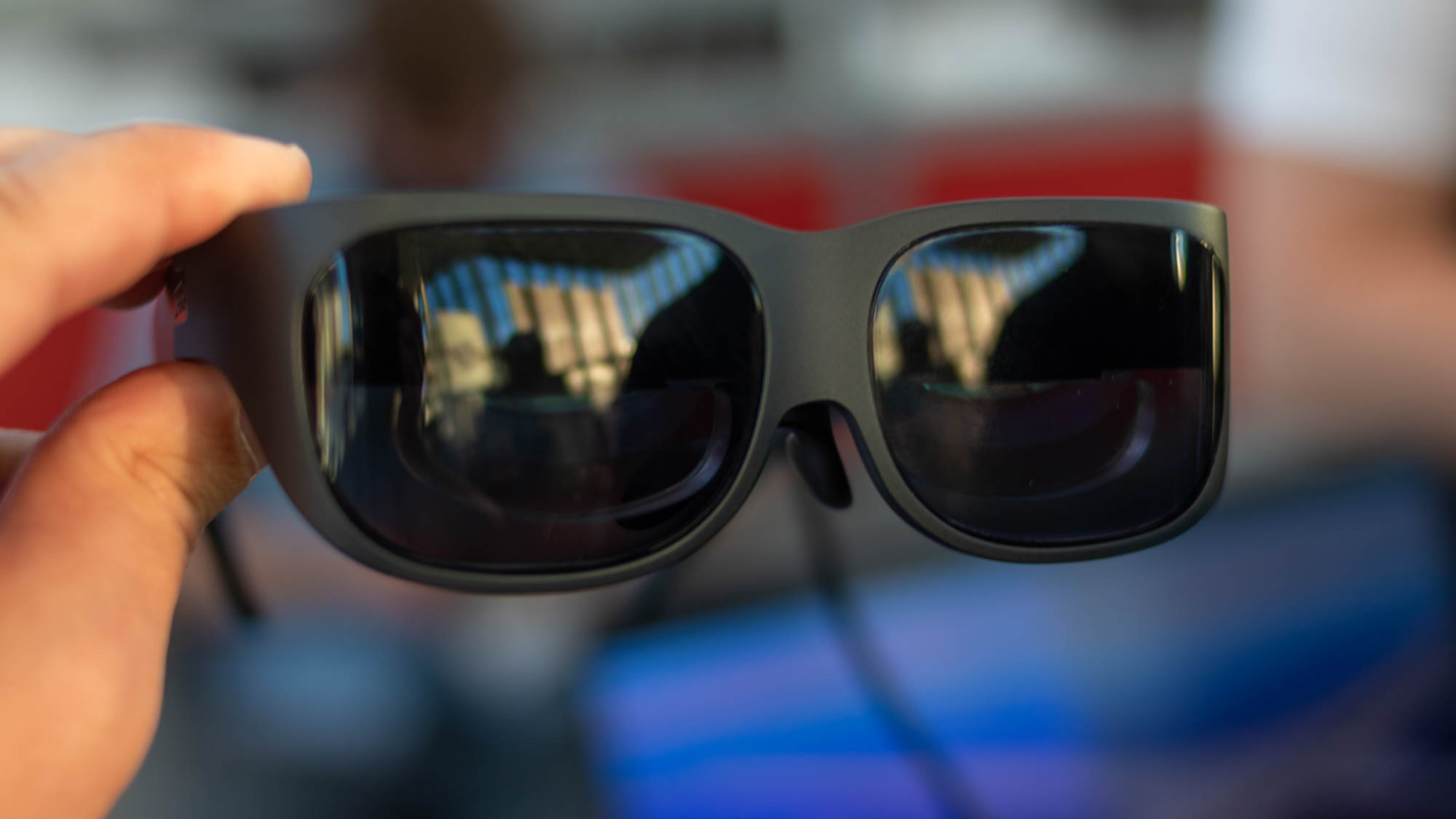 Has Lenovo found the ultimate business use case for smart glasses?
Has Lenovo found the ultimate business use case for smart glasses?Opinion Lenovo’s T1 smart glasses offer a virtual desktop that only you can see
-
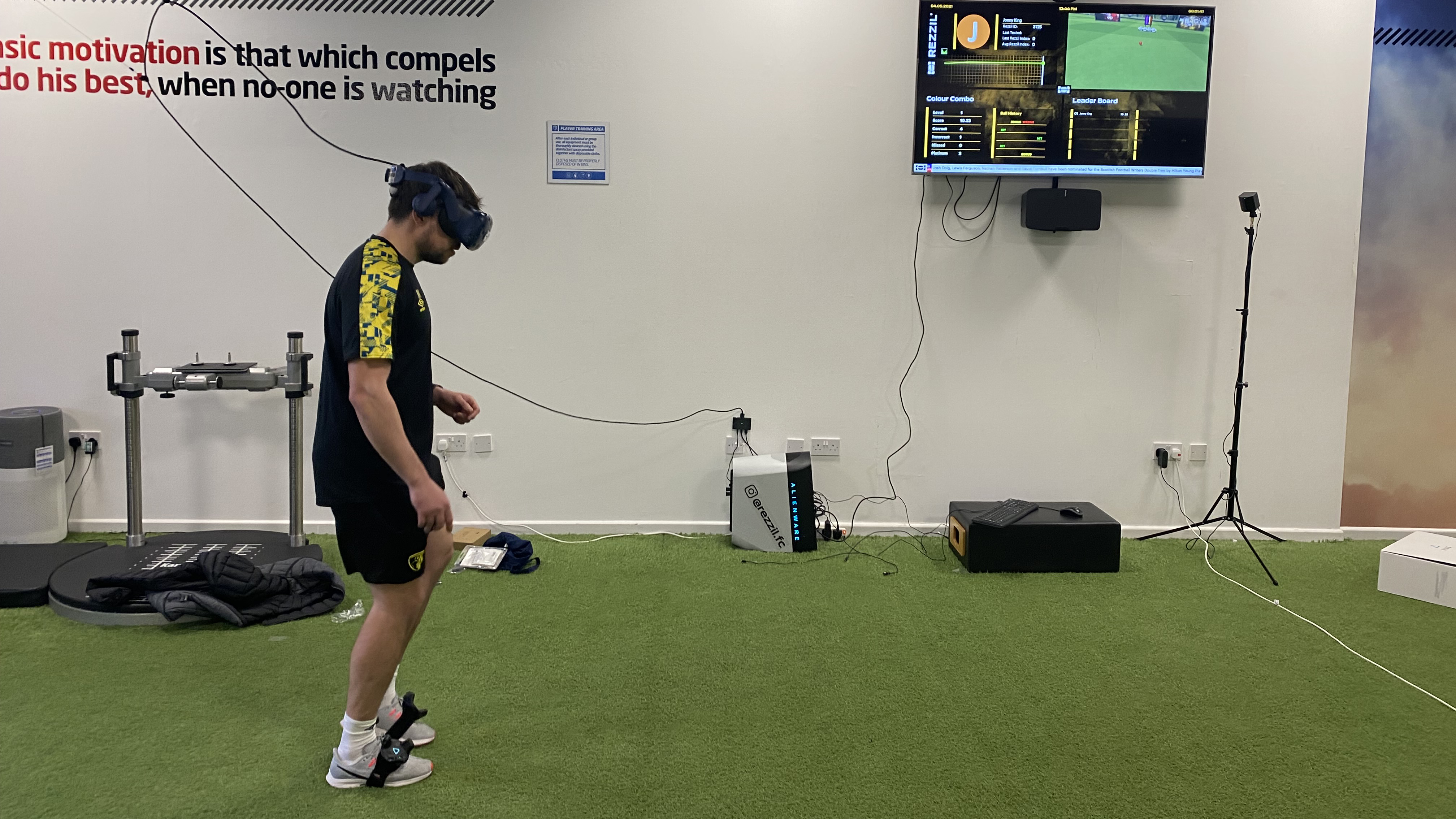 Virtual striker: Using VR to train Premier League stars
Virtual striker: Using VR to train Premier League starsCase Studies How one company is taking VR out of the boardroom and into the locker room
-
 NeuPath and Cynergi will bring VR therapy to chronic pain management
NeuPath and Cynergi will bring VR therapy to chronic pain managementNews NeuPath will integrate Cynergi’s VR program with its remote pain management platform
-
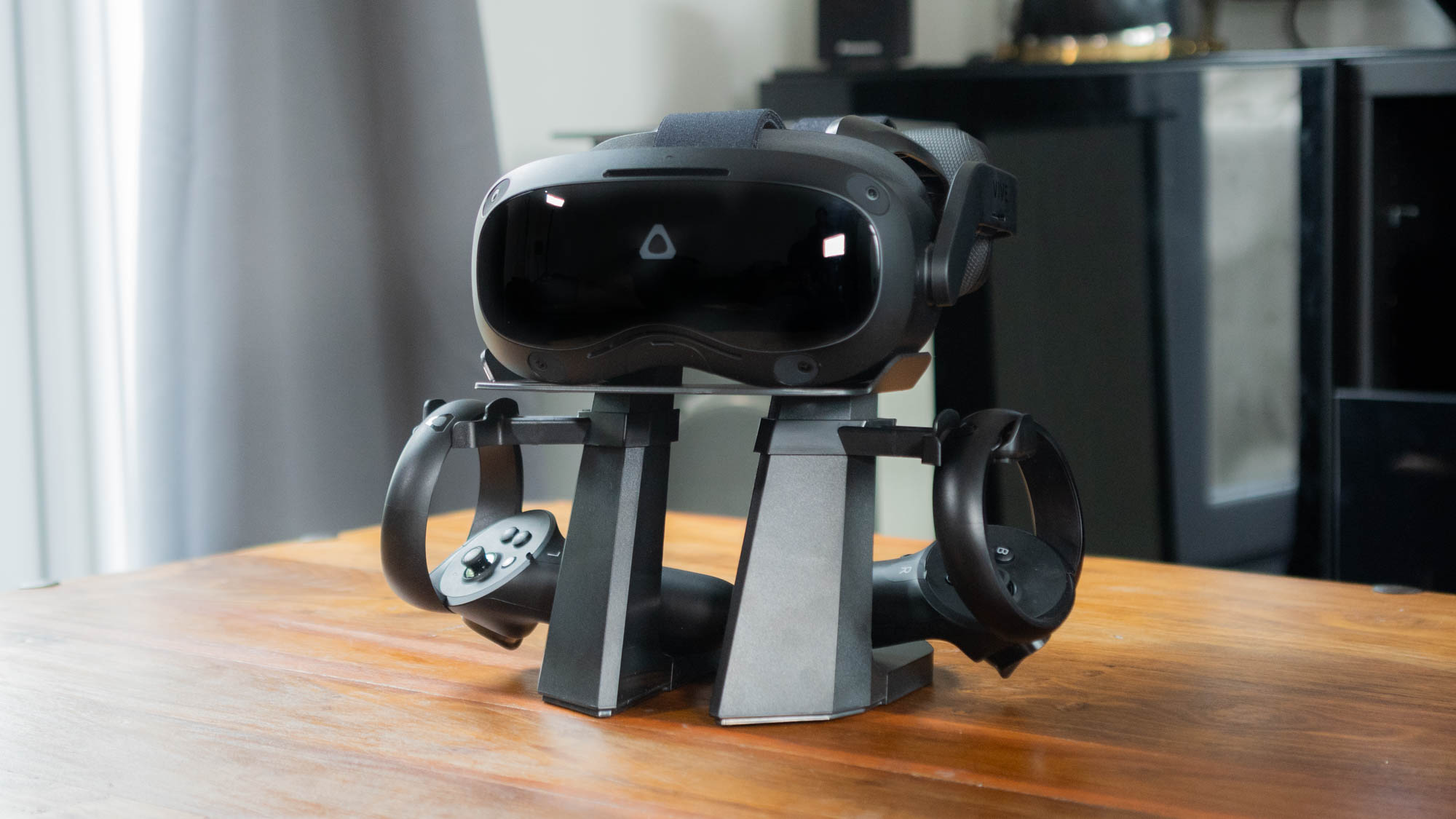
 HTC Vive Focus 3 review: The future of VR is here
HTC Vive Focus 3 review: The future of VR is hereReviews This smart and stylish headset is a leap forward for the technology
-
 The IT Pro Podcast: Can VR unite the hybrid workplace?
The IT Pro Podcast: Can VR unite the hybrid workplace?IT Pro Podcast How one company is using virtual reality to bring its staff together
-
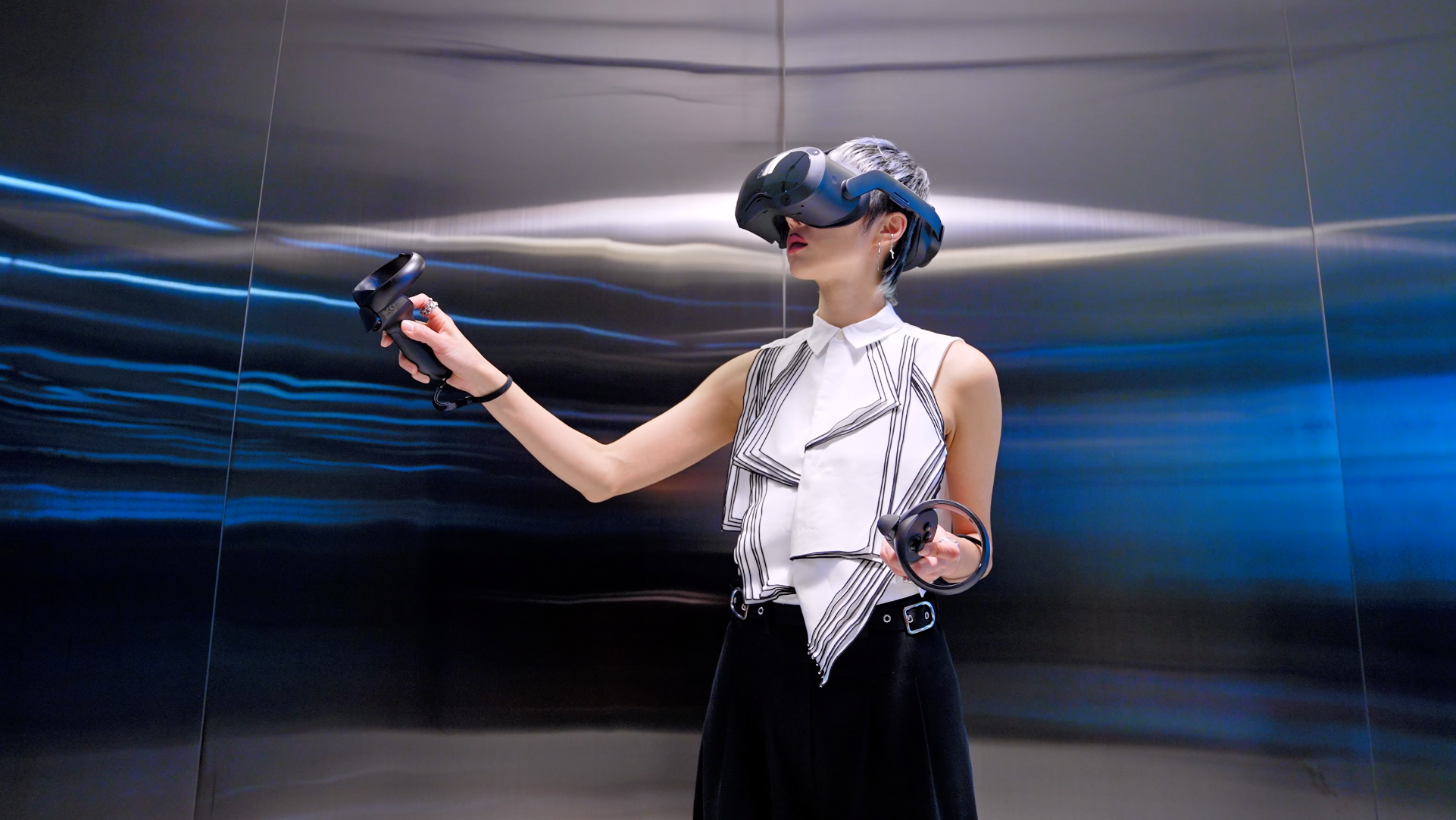 HTC launches new business-focused VR headsets
HTC launches new business-focused VR headsetsNews Vive Pro 2 and Vive Focus 3 include 5K resolution, larger field of view, and business management tools
-
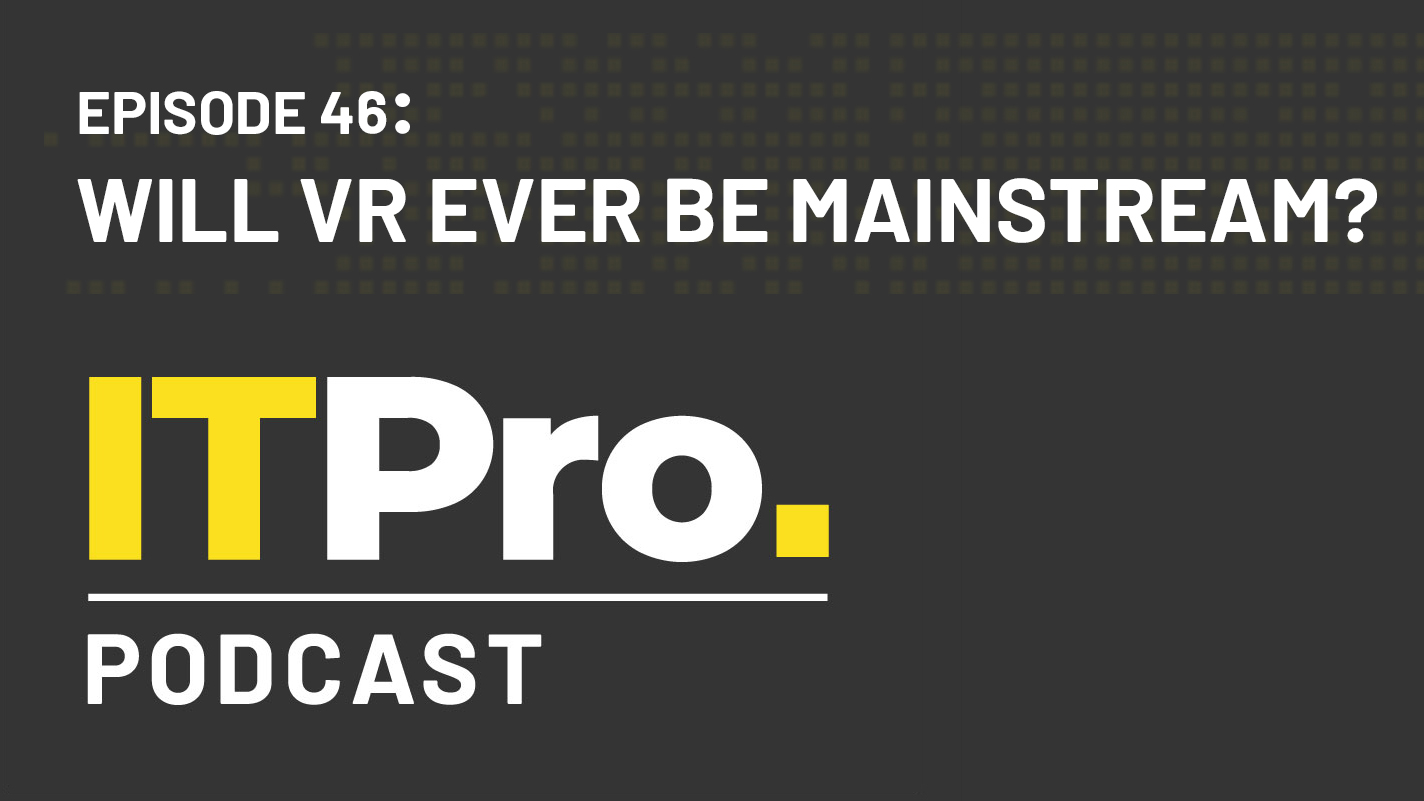 The IT Pro Podcast: Will VR ever be mainstream?
The IT Pro Podcast: Will VR ever be mainstream?IT Pro Podcast Despite years of development, VR is still a niche technology
-
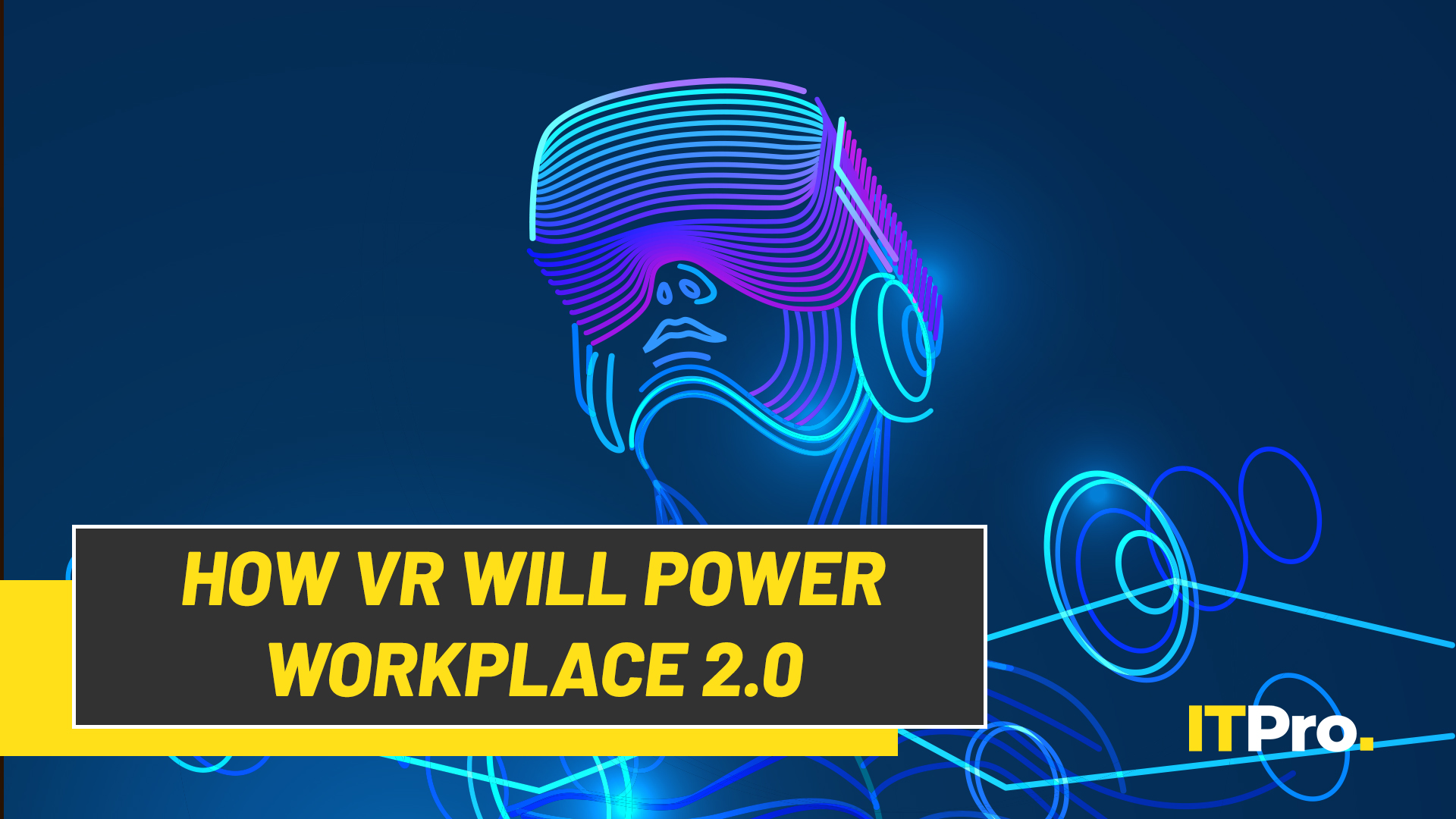 IT Pro Live: How virtual reality will power Workplace 2.0
IT Pro Live: How virtual reality will power Workplace 2.0Video The office of the future might not be a physical office at all
